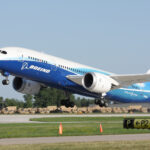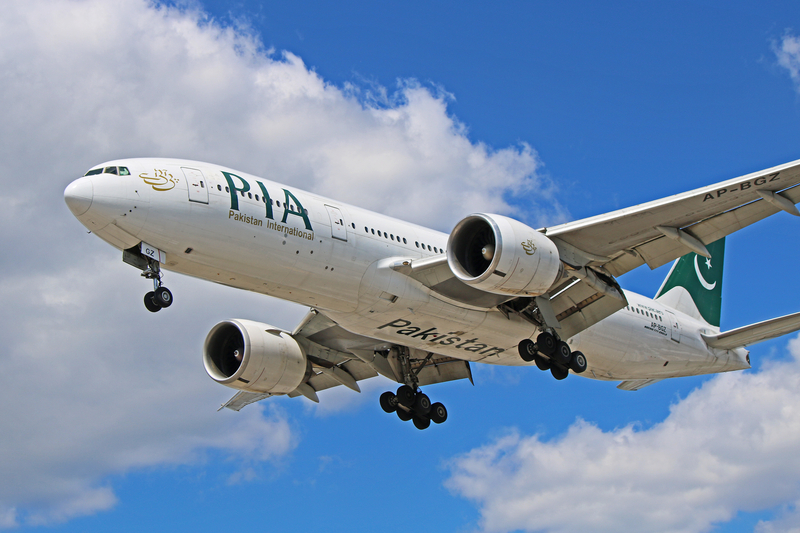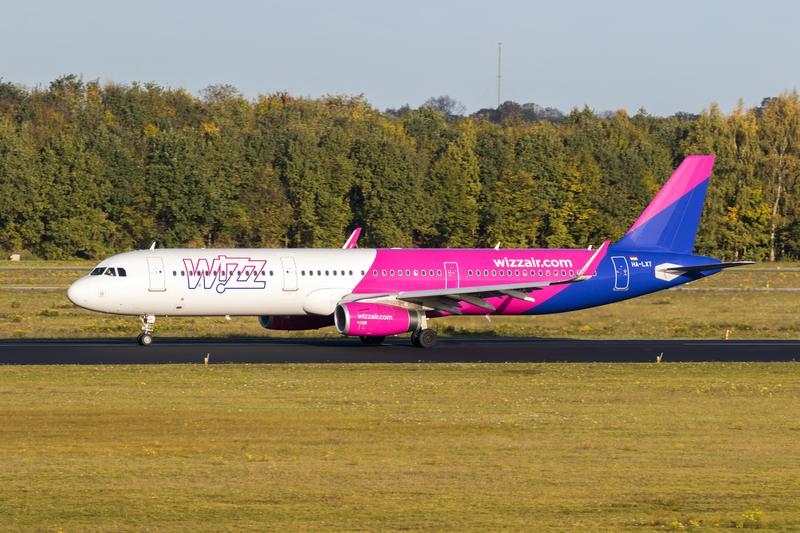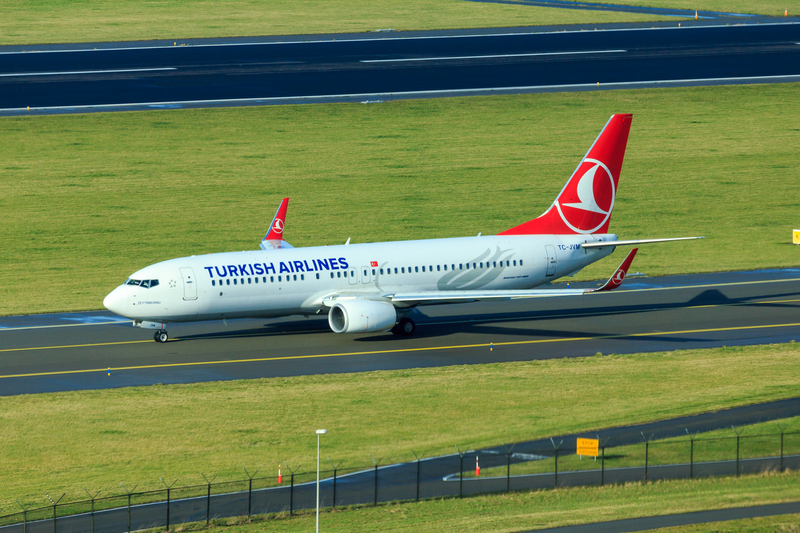Boeing Orders Immediate Suspension Of All MD-11 Freighters
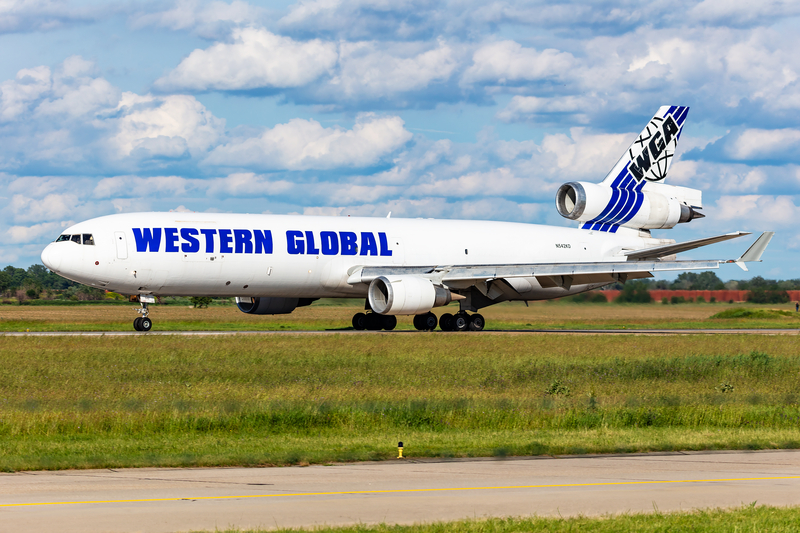
ID 330427391 © Jozsef Soos | Dreamstime.com
Key Takeaways:
-
Boeing has recommended all McDonnell Douglas MD-11 operators immediately suspend flights following the fatal crash of UPS Flight 2976 in Louisville on November 3.
-
The move primarily affects UPS, FedEx Express, and Western Global Airlines, and temporarily sidelines roughly 60 active MD-11Fs worldwide.
-
The NTSB is investigating a catastrophic engine separation shortly after takeoff, and a preliminary report is expected in about 30 days.
What Triggered Boeing’s MD-11F Suspension?
On November 3, a UPS Airlines MD-11F operating Flight 2976 from Louisville Muhammad Ali International Airport (SDF) to Honolulu (HNL) crashed moments after takeoff. Early information from the NTSB indicates the freighter:
-
Reached only about 100 ft of altitude
-
Suffered a catastrophic failure that led to engine separation
-
Generated a repeated warning bell in the cockpit only seconds after takeoff thrust was set
In the days that followed, Boeing first issued statements of support and coordination with investigators. Then, on November 7, the manufacturer went a step further and formally recommended that all MD-11 operators suspend operations while a detailed engineering analysis is carried out in conjunction with the FAA.
While the exact root cause of the Louisville crash is still unknown, the combination of low-altitude loss of control, engine separation, and cockpit warnings is serious enough that Boeing is effectively treating this as a potential fleet-level safety risk until proven otherwise.

ID 276310874 © Alpiee | Dreamstime.com
Which Airlines Are Affected?
Only a small number of cargo carriers still operate the MD-11, but they are high-profile, high-volume players:
-
UPS Airlines
-
Operates 27 MD-11Fs
-
The type accounts for roughly 9% of UPS’ fleet capacity
-
MD-11s are heavily used on trunk and long-haul routes out of hubs like Louisville
-
-
FedEx Express
-
Operates 29 MD-11Fs, with about 28 active prior to the suspension
-
The type represents around 4% of FedEx’s total fleet
-
Used throughout its global network for medium- and long-haul freighter missions
-
-
Western Global Airlines
-
Smaller operator with a limited number of active MD-11Fs
-
Expected to comply with Boeing’s recommendation and stand down remaining frames
-
Production of the MD-11 ended in 2000, and only around 60 airframes remain active, almost all of them freighters with these three US-based operators.
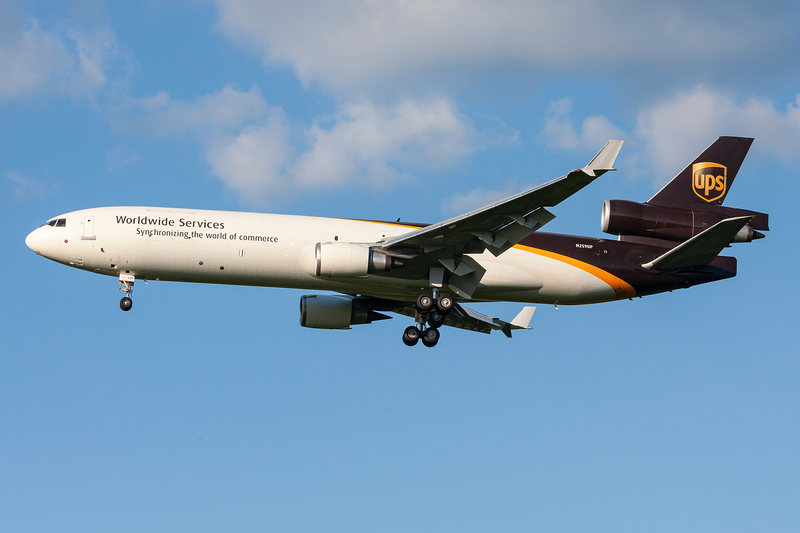
ID 360155937 © Bjorn Wylezich | Dreamstime.com
How Much Capacity Are UPS & FedEx Losing?
From a pure numbers standpoint, the percentage of grounded fleet is modest. From an operational standpoint—especially headed into the peak holiday shipping season—it’s a real challenge.
-
UPS: ~9% of fleet capacity sidelined
-
FedEx: ~4% of fleet capacity sidelined
Both carriers have emphasized that they have contingency plans ready, but keeping service levels intact will require a lot of behind-the-scenes gymnastics:
-
Upgauging certain flights to Boeing 767 and 777 freighters
-
Densifying belly loads and optimizing load factors across remaining aircraft
-
Retiming flight “waves” at major hubs to smooth out capacity gaps
-
Consolidating lower-yield routes or accepting some delays and schedule thinning
If the stand-down lasts more than a few days, integrators may need to rely on ad-hoc charters, overtime, and less fuel-efficient aircraft assignments, all of which increase unit costs and squeeze margins—especially on priority products and USPS contracts.
For Western Global, with a smaller and more concentrated fleet, the impact could be even more acute. Lower utilization and idle aircraft can quickly become a cash-flow problem, even if short-term wet-lease opportunities arise from other cargo operators needing extra lift.
Why Is Boeing Taking Such A Hard Line?
Boeing’s recommendation is essentially a precautionary fleet action on a legacy type that no longer has an active production line. The core goals:
-
Freeze exposure while investigators determine whether the Louisville event highlights a systemic design or aging-fleet issue
-
Show regulators and customers a clear “safety-first” posture after a high-profile accident
-
Give engineering teams space to analyze structural, engine-mount, and control-system risks without ongoing operational noise
The context matters too. The MD-11 has already been under a sharper regulatory microscope:
-
In 2024, the FAA issued an Airworthiness Directive addressing thrust-reverser–related concerns on the type, highlighting existing sensitivities around its older propulsion and control systems.
Now, with an accident involving engine separation shortly after takeoff, Boeing and the FAA have every incentive to move cautiously. Coordinated downtime allows any inspection or modification directives to be rolled out in a consistent, global way rather than piecemeal.
What Happens Next?
Over the coming weeks, expect to see:
-
A preliminary NTSB report in roughly 30 days, laying out the factual sequence of events for Flight 2976
-
Boeing and the FAA potentially issuing inspection requirements or service bulletins for MD-11 structures, pylons, or systems implicated by the findings
-
UPS, FedEx, and Western Global tweaking networks daily as they balance capacity constraints with peak-season demand
If investigators determine the Louisville accident was tied to a specific maintenance, structural, or system issue that can be inspected and mitigated, the MD-11F fleets may resume operations relatively quickly—albeit likely with new checks and paperwork burdens.
If, however, a broader design vulnerability emerges—or fixes are complex and expensive—the grounding could accelerate plans at the big integrators to retire the MD-11 earlier than originally planned.
Bottom Line
Boeing’s call for all MD-11 freighters to be temporarily grounded is a rare, sweeping move aimed at preventing a repeat of the UPS Flight 2976 tragedy before investigators fully understand what went wrong.
For UPS and FedEx, the immediate effect is the sudden loss of a small but important slice of long-haul capacity at the worst possible time of year. For the MD-11 itself, a type already in its twilight years, this incident and the resulting stand-down could mark the beginning of the end of its frontline role in global cargo operations.
